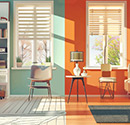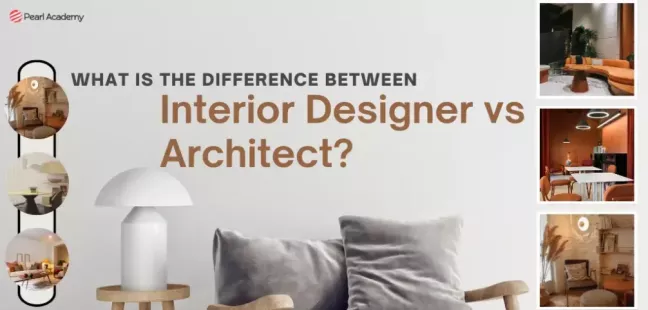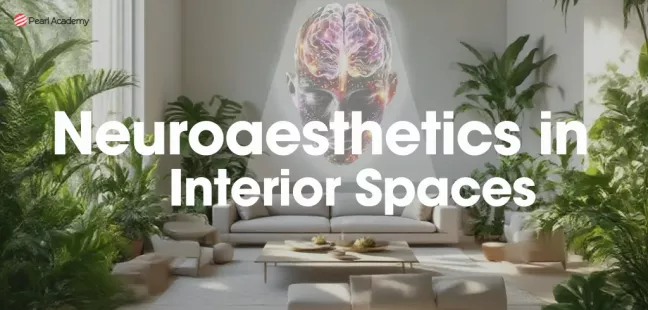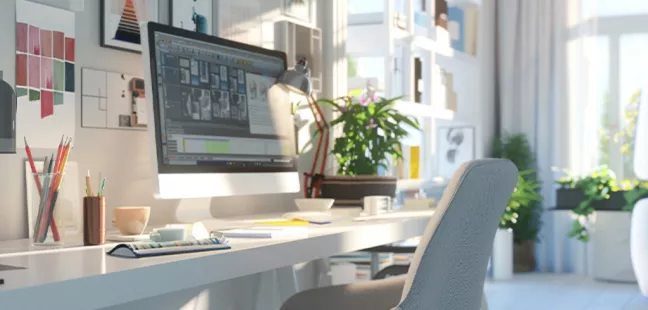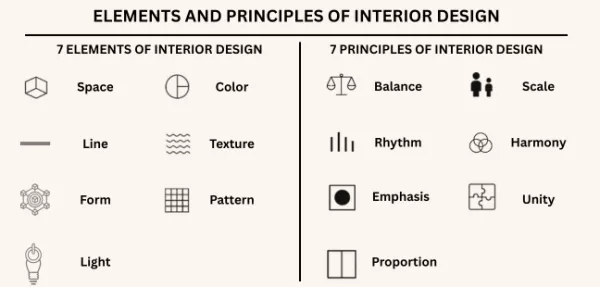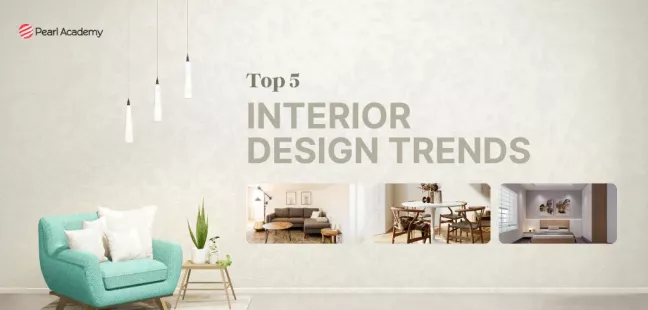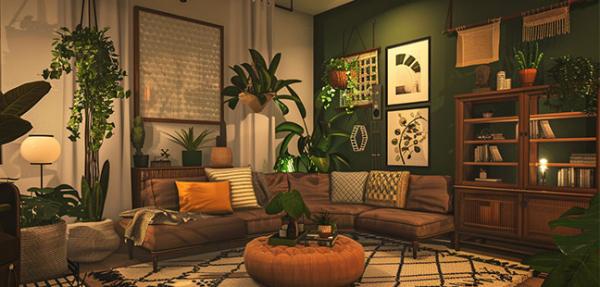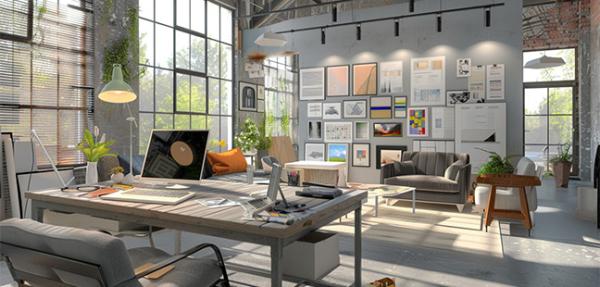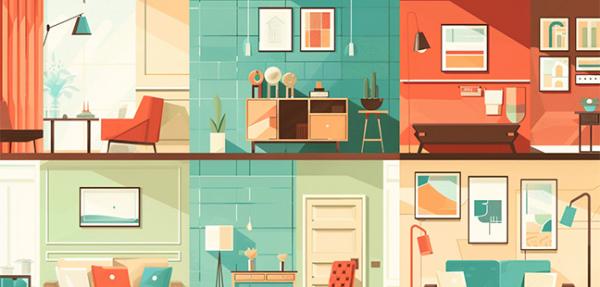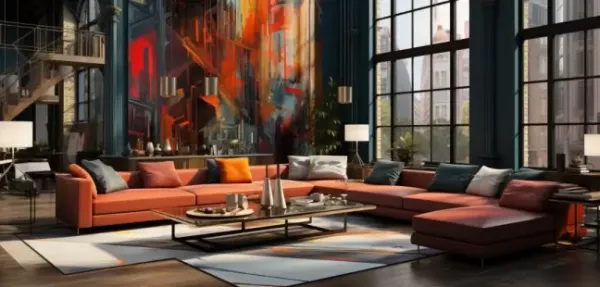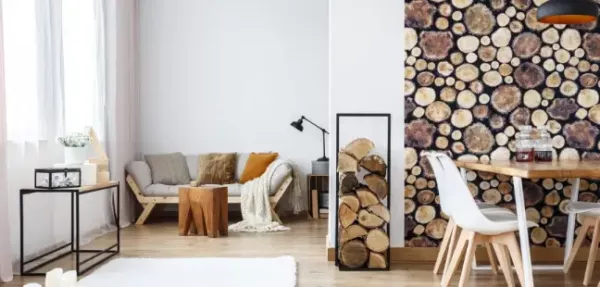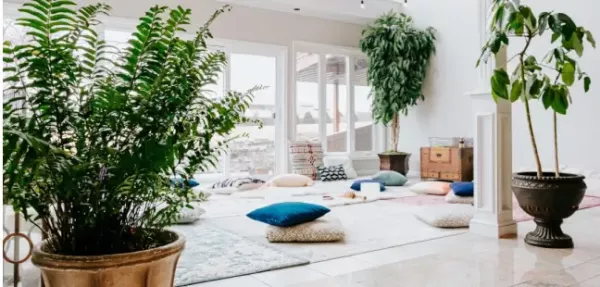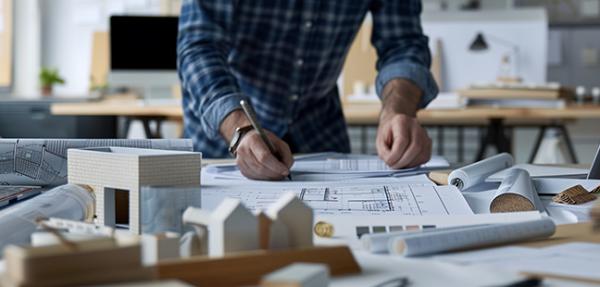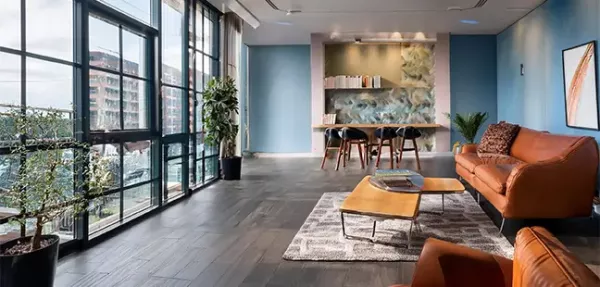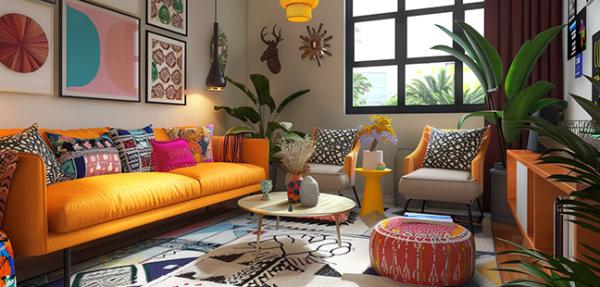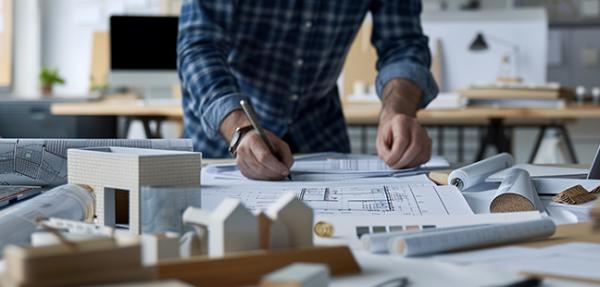What Is Interior Architecture and Design?
- Editorial Team
- Published 21-Sep-2025
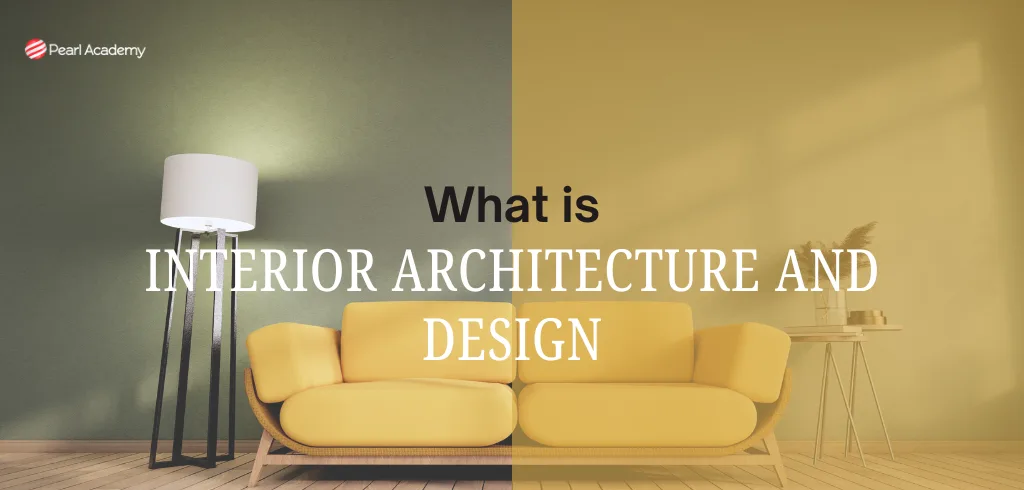
- Key Components of Interior Architecture & Design
- What Skills Do Interior Architects Need?
- What Does an Interior Designer Do?
- What Skills Do Interior Designers Need?
- What’s the Difference Between Interior Design and Interior Architecture?
- Why This Matters: The Academic and Professional Significance
- Academic Pathway at Pearl Academy
- Conclusion: Advancing the Discipline
Interior Architecture and Design is more than arranging furniture or selecting colour palettes. It is an interdisciplinary discipline that combines architecture, design, technology, and human psychology to create functional, sustainable, and aesthetic built environments. This discipline is often referred to as the “spatial art of environmental design,” rigorously addressing architectural, functional, technical, and aesthetic dimensions. From structural modifications to adaptive reuse and human-centric interiors, this field ensures that spaces not only look beautiful but also serve their purpose effectively.
Become future-ready with our Interiors Programs
Know MoreKey Components of Interior Architecture & Design
At its core, Interior Architecture and Design involves both the architectural reconfiguration of interior structures and the compositional design of those spaces to support human use and experience
1. Structural Adaptation & Adaptive Reuse
Interior architecture often involves reimagining existing buildings—transforming them through interior restructuring, conservation, and modification to suit new functions, all while preserving the external integrity.
2. Functional Spatial Planning
The design process integrates considerations such as circulation, light, HVAC systems, partitions, and load-bearing elements. Such technical rigor differentiates interior architecture from pure design or decoration.
3. Human Experience & Aesthetic Harmonization
The discipline also delves into human-centric experiential outcomes—how spatial choices influence sensorial, emotional, cognitive, and social experiences within interiors. This is particularly evident in the emerging field of Experiential Interior Design (EID).
4. Curriculum & Academic Preparation
Programmes in interior architecture develop critical skills across design theory, technical drawing, building codes, conservation strategies, digital modeling, and ethics—building a foundation for professional practice.
What Skills Do Interior Architects Need?
Interior architects are trained professionals who bridge the gap between architecture and design. Their skills are both technical and creative, making them adept at reshaping spaces holistically. Essential skills include:
- Spatial planning and structural awareness – understanding building systems, load-bearing elements, and circulation flow.
- Technical expertise – proficiency in AutoCAD, Revit, BIM, and digital modelling tools.
- Knowledge of building codes and regulations – ensuring compliance with safety and sustainability standards.
- Adaptive reuse and conservation – redesigning existing buildings while preserving structural integrity.
- Problem-solving and creativity – developing innovative solutions that align with function and aesthetics.
- Sustainability principles – integrating energy efficiency, eco-materials, and sustainable practices.
What Does an Interior Designer Do?
Unlike interior architects, interior designers focus more on the aesthetic and experiential dimension of spaces. Their role is centred on crafting interiors that align with lifestyle, brand, or cultural narratives. Responsibilities include:
- Concept development – creating mood boards, themes, and design concepts.
- Colour, lighting, and material selection – shaping the ambiance and atmosphere.
- Furniture and accessory curation – selecting and placing elements for harmony.
- Client communication – translating client aspirations into tangible design solutions.
- Collaboration with architects and contractors – ensuring coherence between design vision and construction.
What Skills Do Interior Designers Need?
Interior designers need a blend of creativity and practical expertise. They must have strong aesthetic sensitivity for balance and composition, along with a sound knowledge of design history and trends to combine tradition with modernity. Proficiency in technical drawing and 3D tools like SketchUp, Rhino, and Photoshop is vital for visualising concepts. Since design is client-centric, strong communication and presentation skillshelp translate ideas effectively. Added to this are styling expertise for fine details and project management abilities to handle budgets and timelines, skills that make graduates of Interior Design programmes industry-ready.
What’s the Difference Between Interior Design and Interior Architecture?
Although often used interchangeably, Interior Design and Interior Architecture and Design are distinct disciplines:
| Aspect | Interior Architecture and Design | Interior Design |
| Focus | Structural reconfiguration, adaptive reuse, and functionality of spaces | Aesthetics, styling, and user experience |
| Skills | Technical proficiency, codes, conservation, space planning | Styling, mood, décor, materiality |
| Outcome | Safe, sustainable, and functional interior structures | Visually pleasing, client-driven environments |
| Education | Involves structural systems, environmental design, adaptive reuse | Emphasises decoration, styling, and visual communication |
| Professionals | Interior architects work closely with engineers and architects | Interior designers collaborate with clients, brands, and stylists |
Thus, interior architecture reshapes how a space works, while interior design focuses on how it looks and feels. Both are crucial for achieving holistic built environments.
Why This Matters: The Academic and Professional Significance
Interior Architecture and Design sits at the intersection of architecture, design, and user psychology. Understanding this field is crucial for curriculum developers, academics, and aspirants aiming to shape built environments that resonate both functionally and experientially. Practitioners become adept at transforming existing environments, contributing to sustainable repurposing, and improving user well-being through designed spatial experiences.
Academic Pathway at Pearl Academy
Pearl Academy, one of the best design colleges in India, offers a specialised B.Des. in Interior Architectural Design. This four-year programme equips students with:
- Advanced training in architectural literacy, adaptive reuse, and sustainability.
- Exposure to digital modelling, experiential design, and material technology.
- Real-world readiness through industry projects, internships, and global exposure.
- A holistic approach that balances structural expertise and design creativity.
This course prepares students not just to design interiors but to reshape environments—making them sustainable, meaningful, and future-ready.

Student Guidance Center: Our Counselors are Just a Click Away.
Conclusion: Advancing the Discipline
Interior Architecture and Design is a powerful, academic-driven field dedicated to crafting interiors that serve functional, experiential, and environmental purposes. By combining architectural knowledge, strategic creativity, and human-focused design, professionals in this arena elevate both physical space and human experience.
For those seeking structured, academically rich training in this domain, the B.Des. in Interior Architectural Design at Pearl Academy offers an exceptional platform to develop holistic expertise and real-world readiness.
Tags
- #Interiors
Pearl Admission Enquiry
Subscribe to Pearl Blogs
By clicking the "Subscribe" button, I agree and accept the privacy policy of Pearl Academy.






